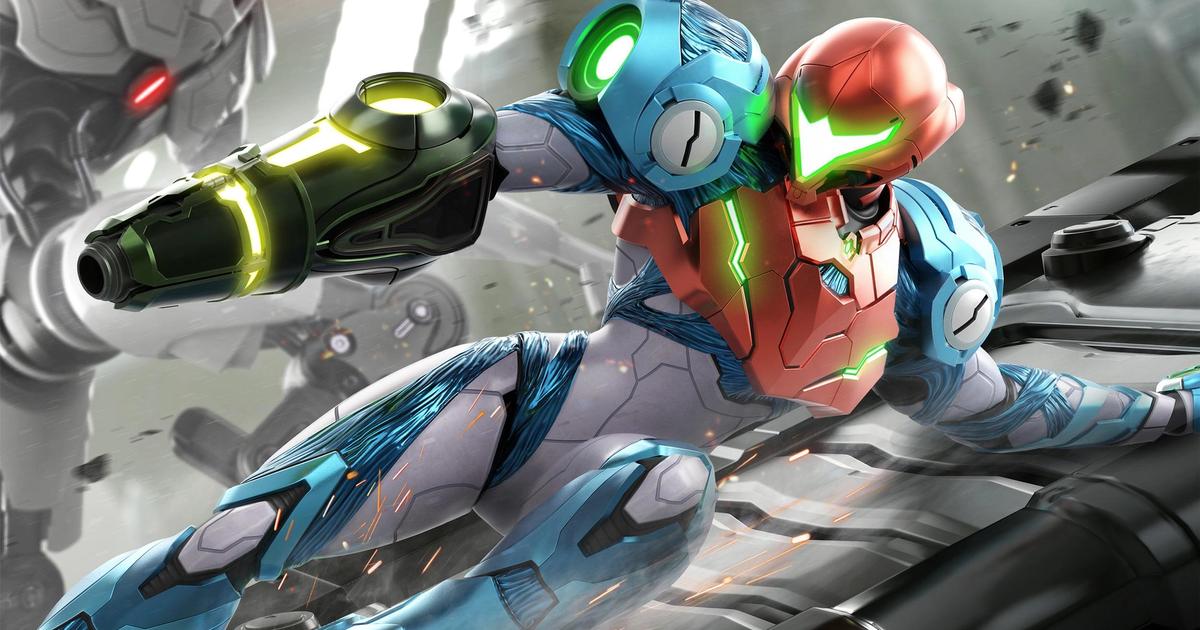What order should I play the Metroid games in?
Is a question popping up often in the wake of Metroid Dread’s announcement during E3 2021.
Dread is technically Metroid 5, and Nintendo said it will include a short recap feature to help get folks up to speed with the story so far.
That’s good, since not every Metroid game is easily playable at the moment, but if you want to experience it yourself, you'll need to be ready for some legwork and older consoles.
If you’re just wanting to prepare for Metroid Dread, then you don’t need to worry about Metroid Prime.
The Prime games take place before Metroid Fusion, but have little effect on the story Nintendo is drawing to a close in Dread.
Read more: What's included in Metroid Dread special edition?
What Order Should You Play Metroid In?
We’ll list each game in order and where you can play it.
Where to Play Metroid
The first Metroid game is...well, Metroid. It’s Samus’ first encounter with iconic enemies such as Space Pirates, Ridley, and, of course, the Metroids themselves.
It’s not the best way to experience the series’ origin, though it still holds up and is widely available.
You can play Metroid on the NES Classic Mini, the 3DS, Wii U Virtual Console, as well as the NES app if you’re a Switch Online member.
Where to Play Metroid Zero Mission
Metroid Zero Mission is a 2004 remake of the original Metroid. It features upgraded graphics similar to Metroid Fusion and an extra epilogue sequence not found in the original.
That new portion is where Zero Suit Samus comes from, for the Smash-minded among you.
If you don’t have a Game Boy Advance cartridge of the original and can’t spend eBay asking prices on it, you’ll have to play Zero Mission on the Wii U Virtual Console.
Where to Play Metroid 2
Metroid 2 was, unsurprisingly, the direct follow up to the original Metroid and first entry in the series for Game Boy.
This one follows Samus to the Metroid home planet SR388 where she attempts to eradicate the Metroid threat. Naturally, things don’t go quite as planned.
Metroid 2 is available on the original Game Boy or, if you’ve got a Nintendo 3DS, via the 3DS Virtual Console.
Where to Play Metroid: Samus Returns
Samus Returns is MercurySteam’s vision of Metroid 2, an action-oriented upgrade on SR388 that introduces several features we’ll see in Dread, such as the melee strike.
It’s the same story, but only available on Nintendo 3DS.
Despite multiple rumors to the contrary, there is no Samus Returns Switch release planned, at least not one we know about.
Where to Play Super Metroid
Super Metroid picks up where Metroid 2 ends, with Samus transporting the Metroid hatchling she found for safekeeping.
Space Pirates happen, though, and Samus travels back to Zebes and faces off against Ridley, Kraid, and other familiar faces to prevent the Pirates from multiplying Metroids.
Super Metroid is available on the SNES Classic Mini, Wii U Virtual Console, New 3DS Virtual Console, and the SNES app for Switch Online members.
Where to Play Metroid Fusion
Metroid Fusion takes place much further into the future and also right before Metroid Dread.
Samus investigates a deserted research station and uncovers a new parasitic threat, the X.
These creatures mimic their host DNA, and one of them recreates Samus as the SA-X, an unstoppable foe that hunts the bounty hunter through the station’s cramped hallways.
Metroid Fusion is available on Game Boy Advance, but uses a save battery. Your best bet is the Wii U Virtual Console.
Metroid Dread takes place right after Fusion.
Read more: Everything we know about Metroid Prime 4
Explore new topics and discover content that's right for you!






